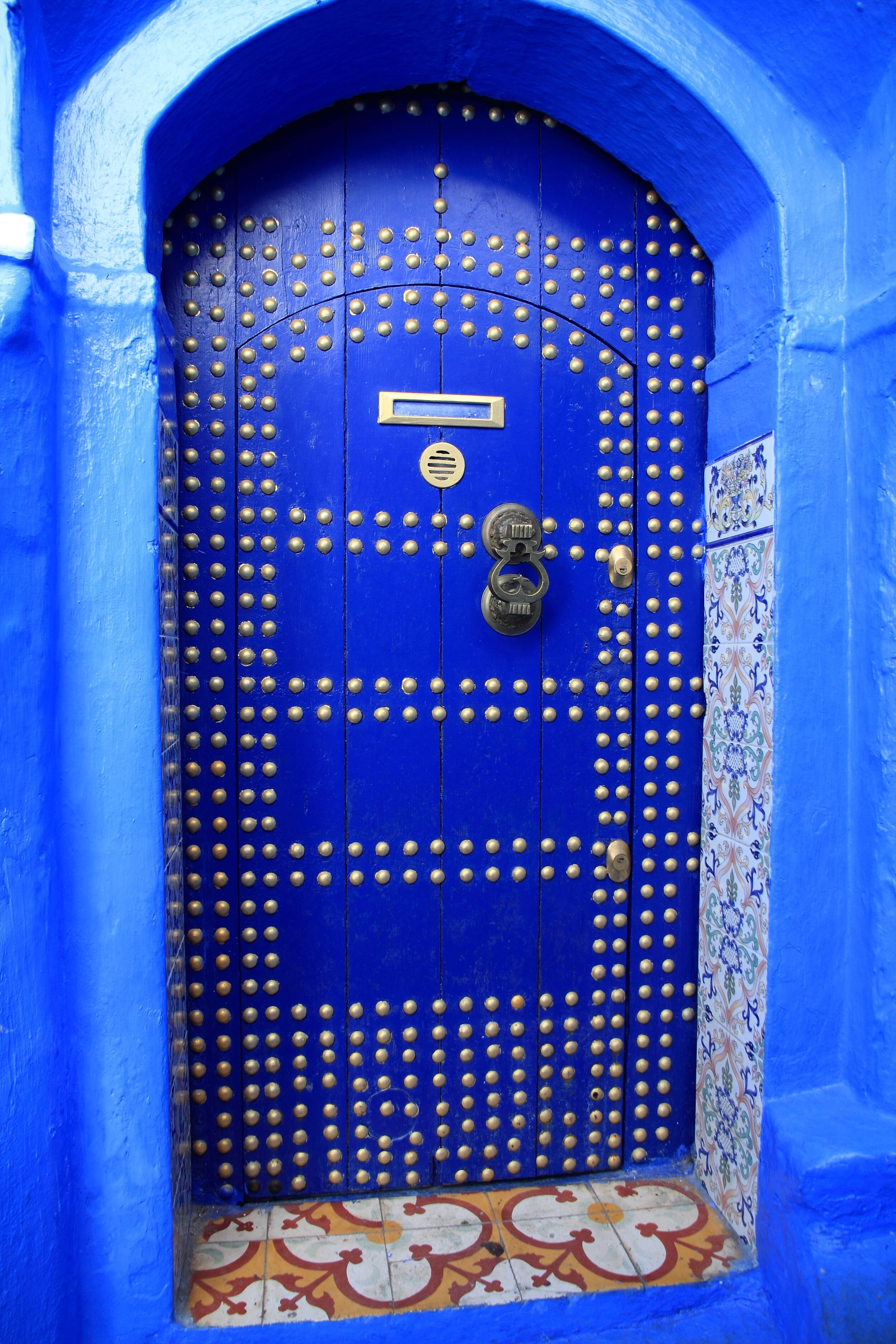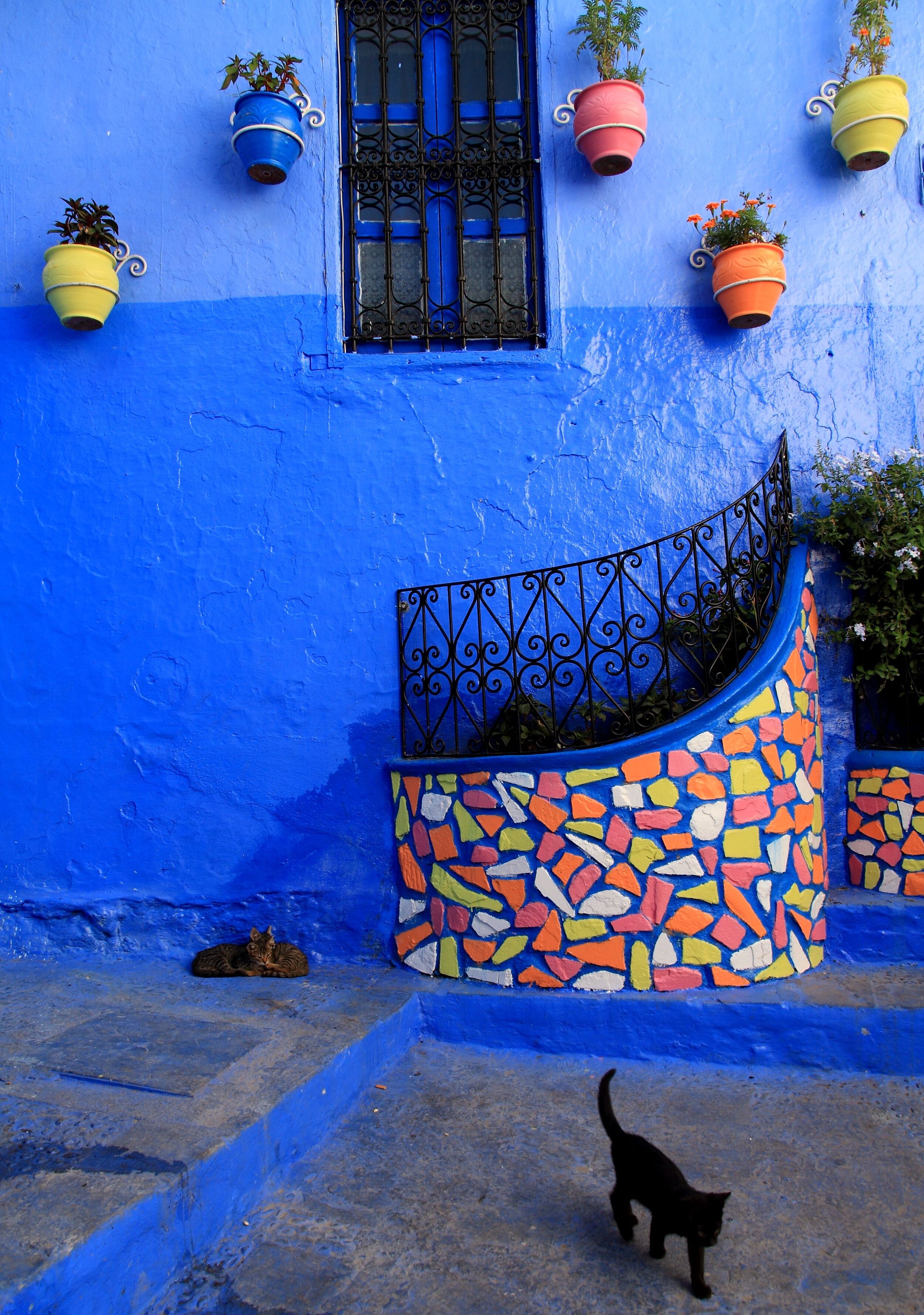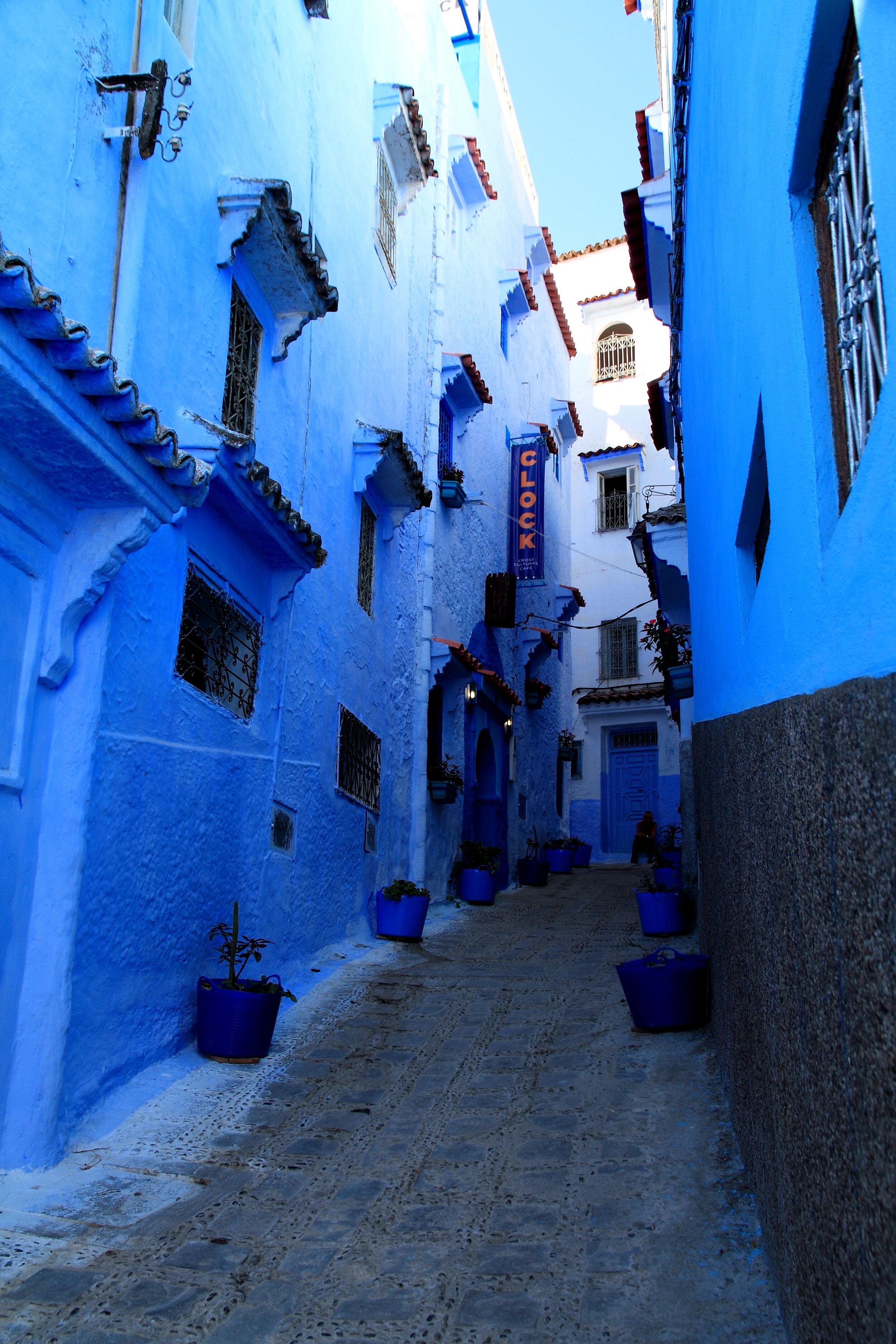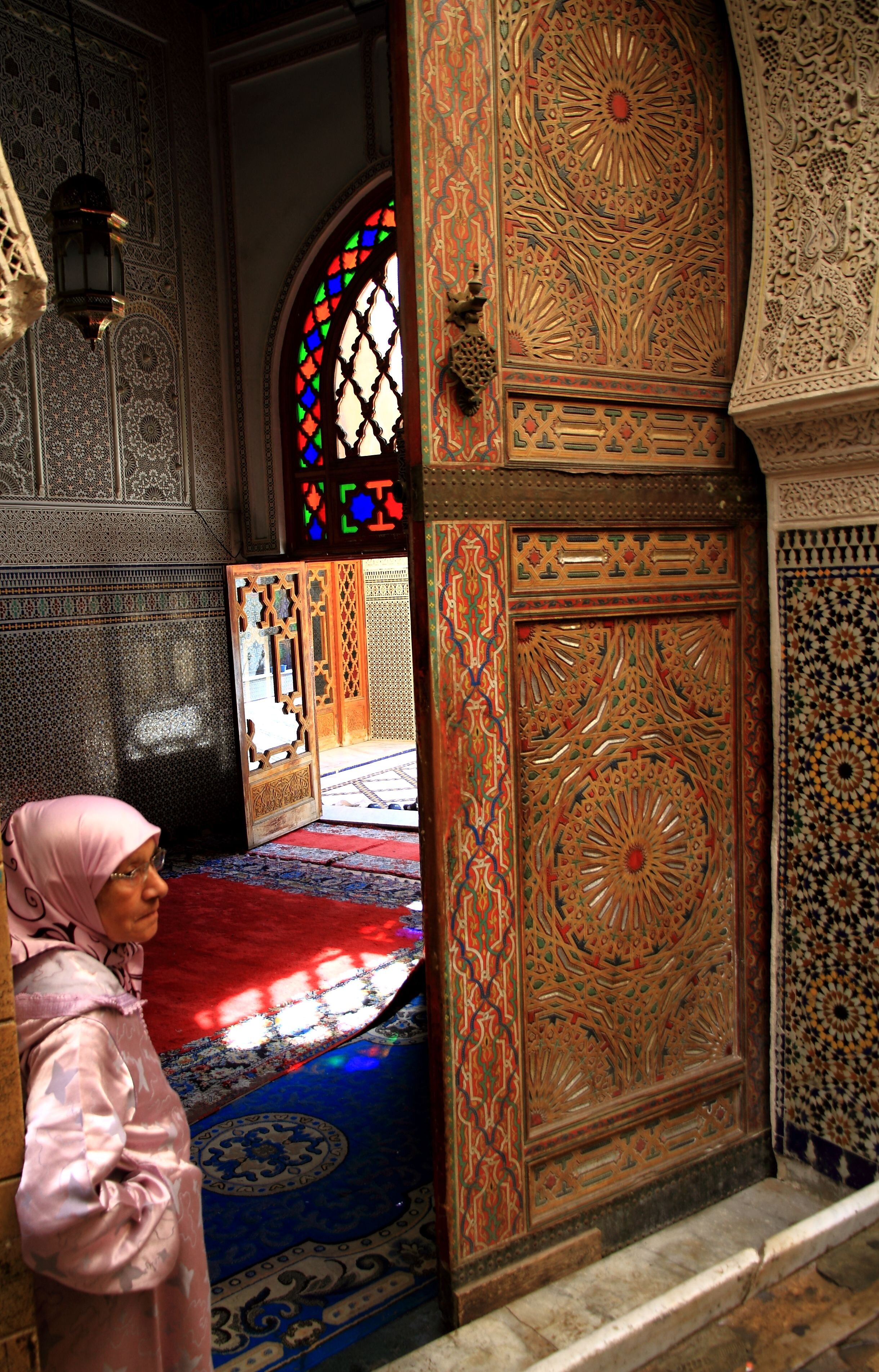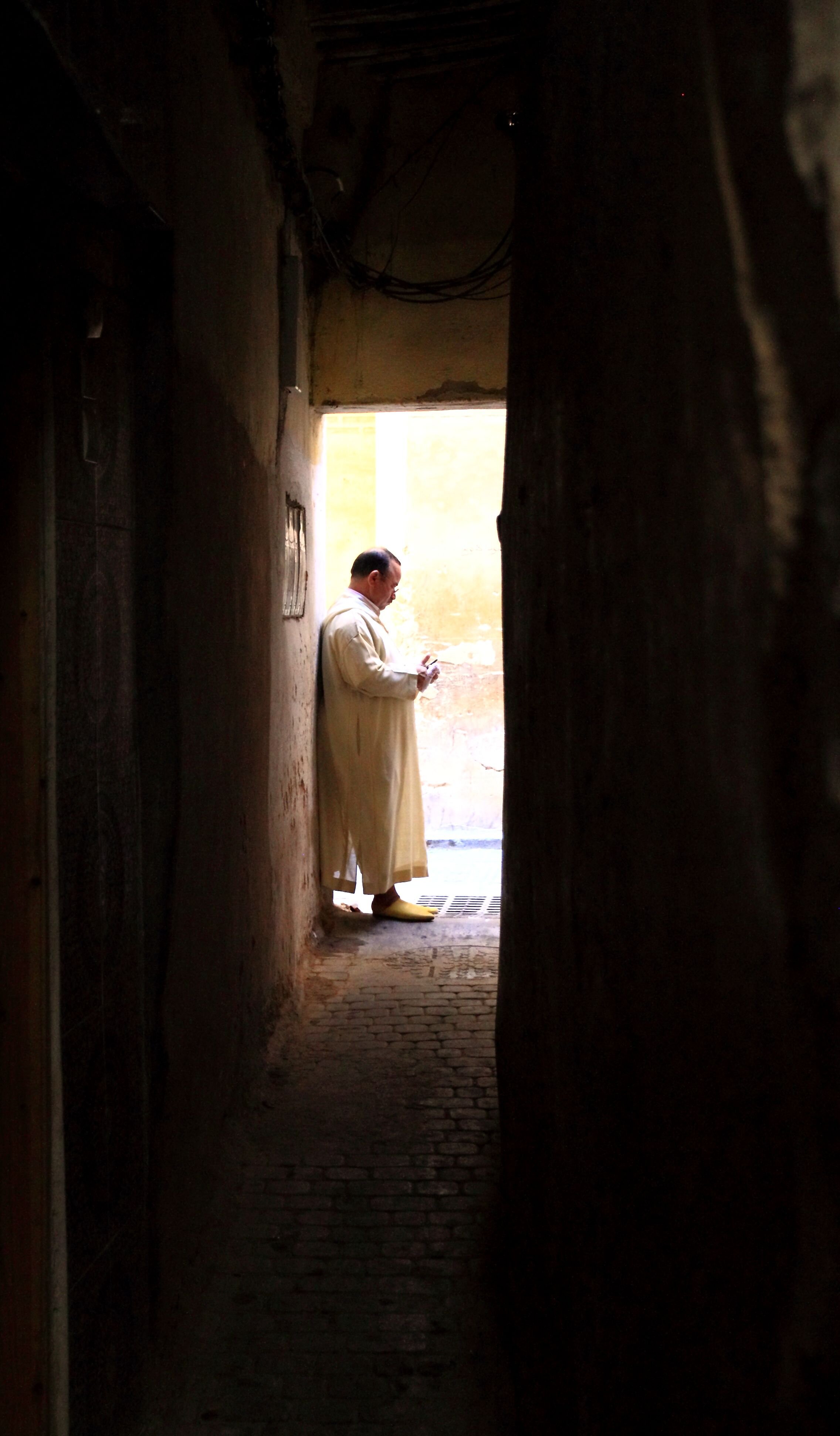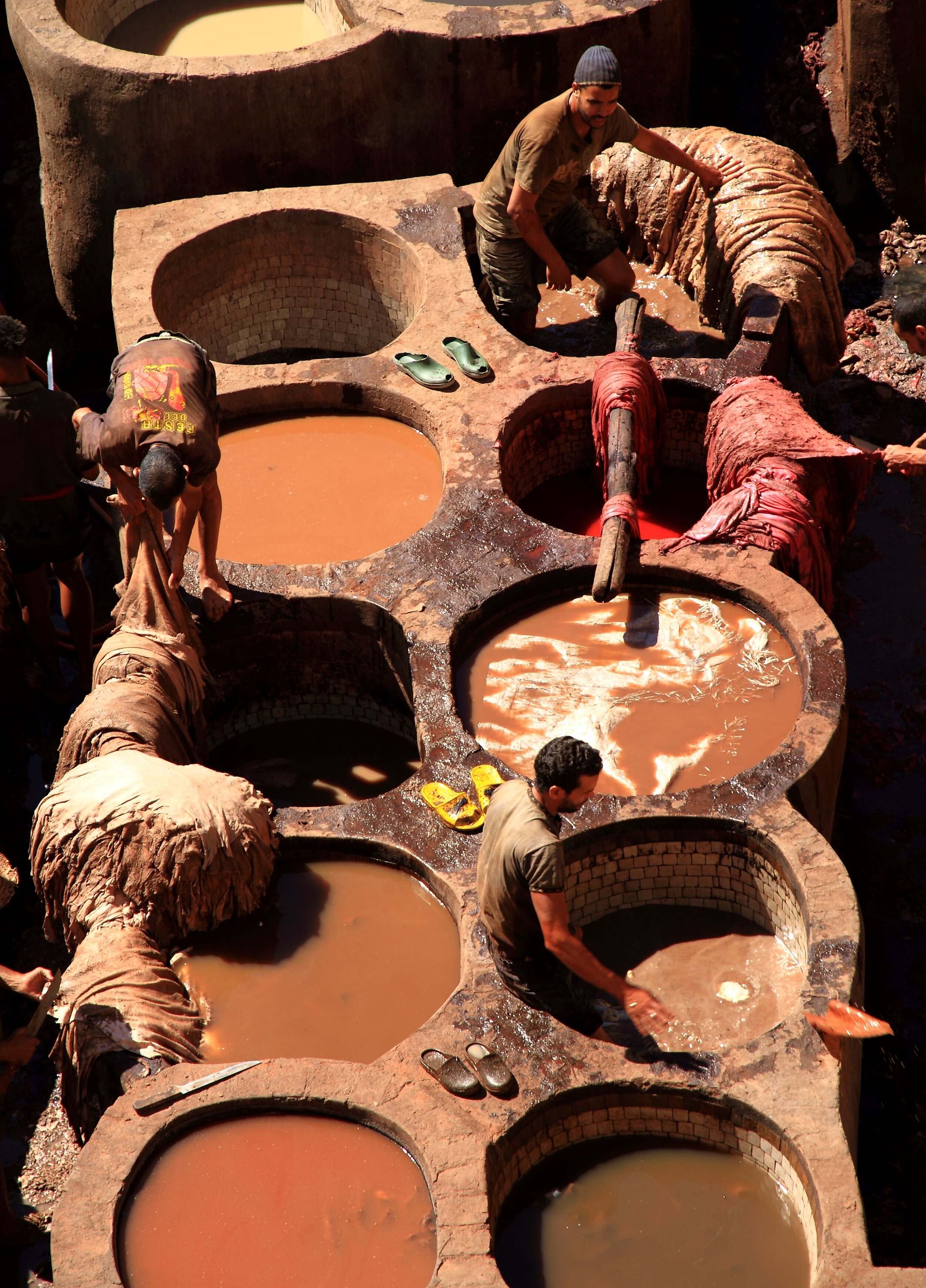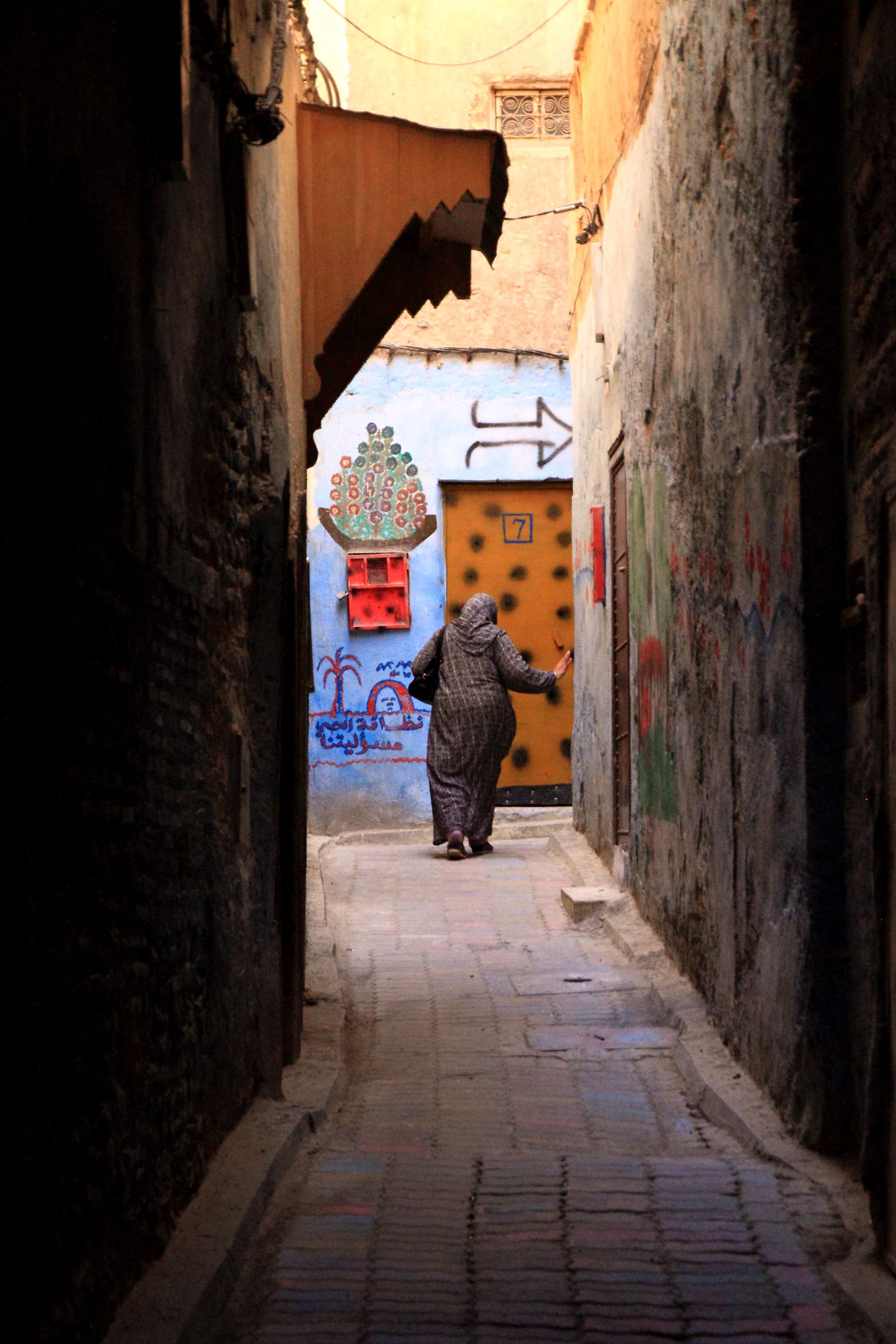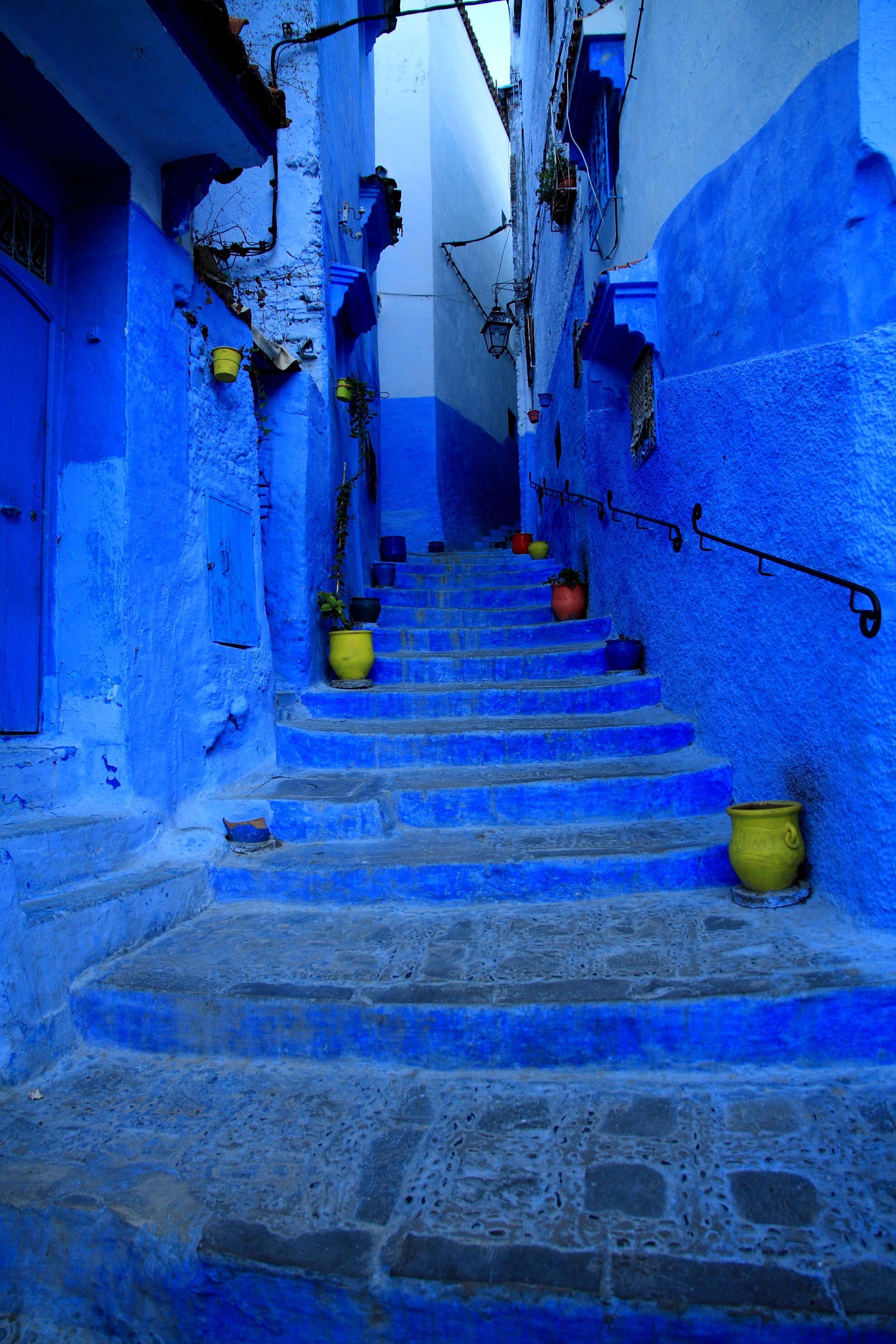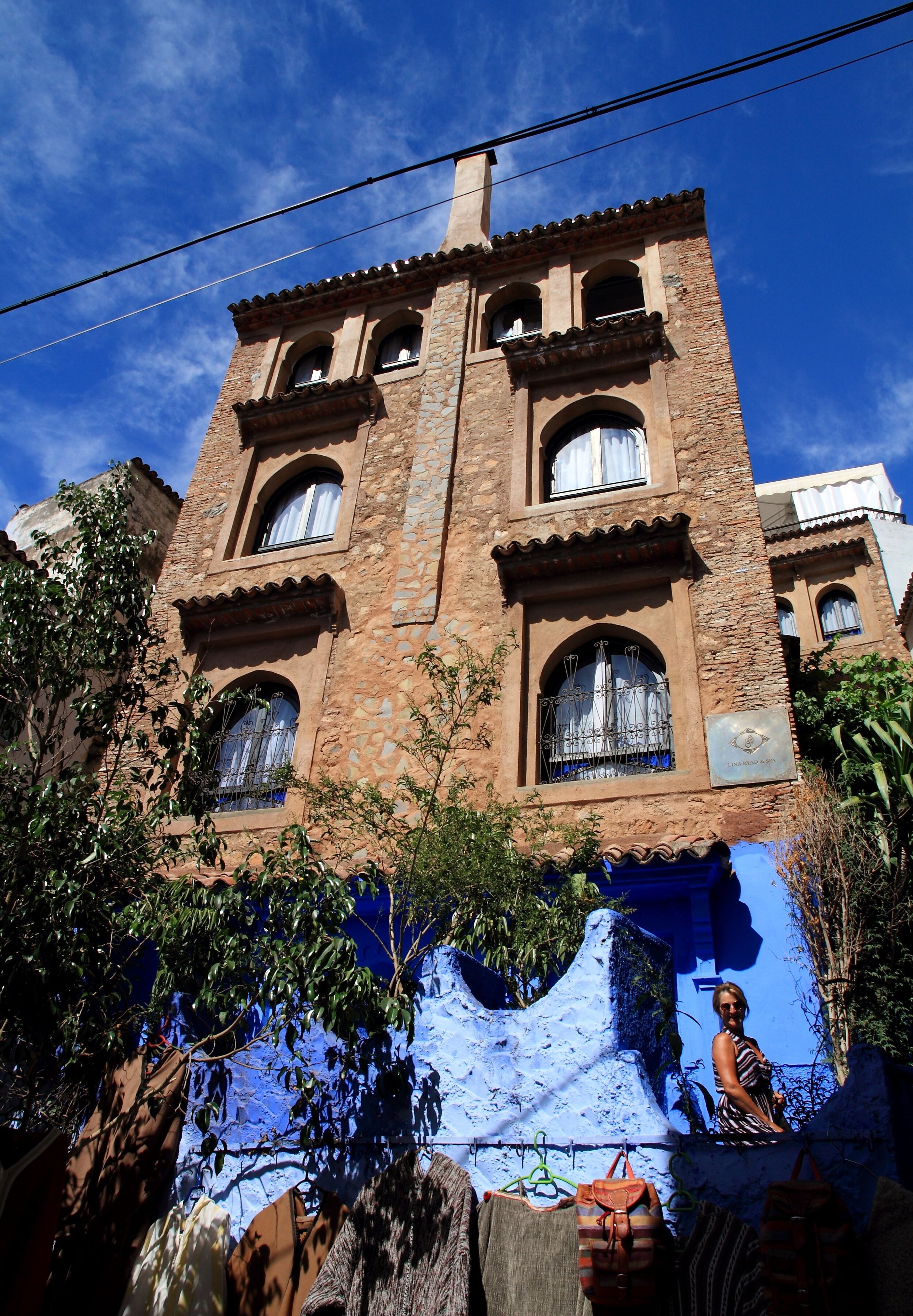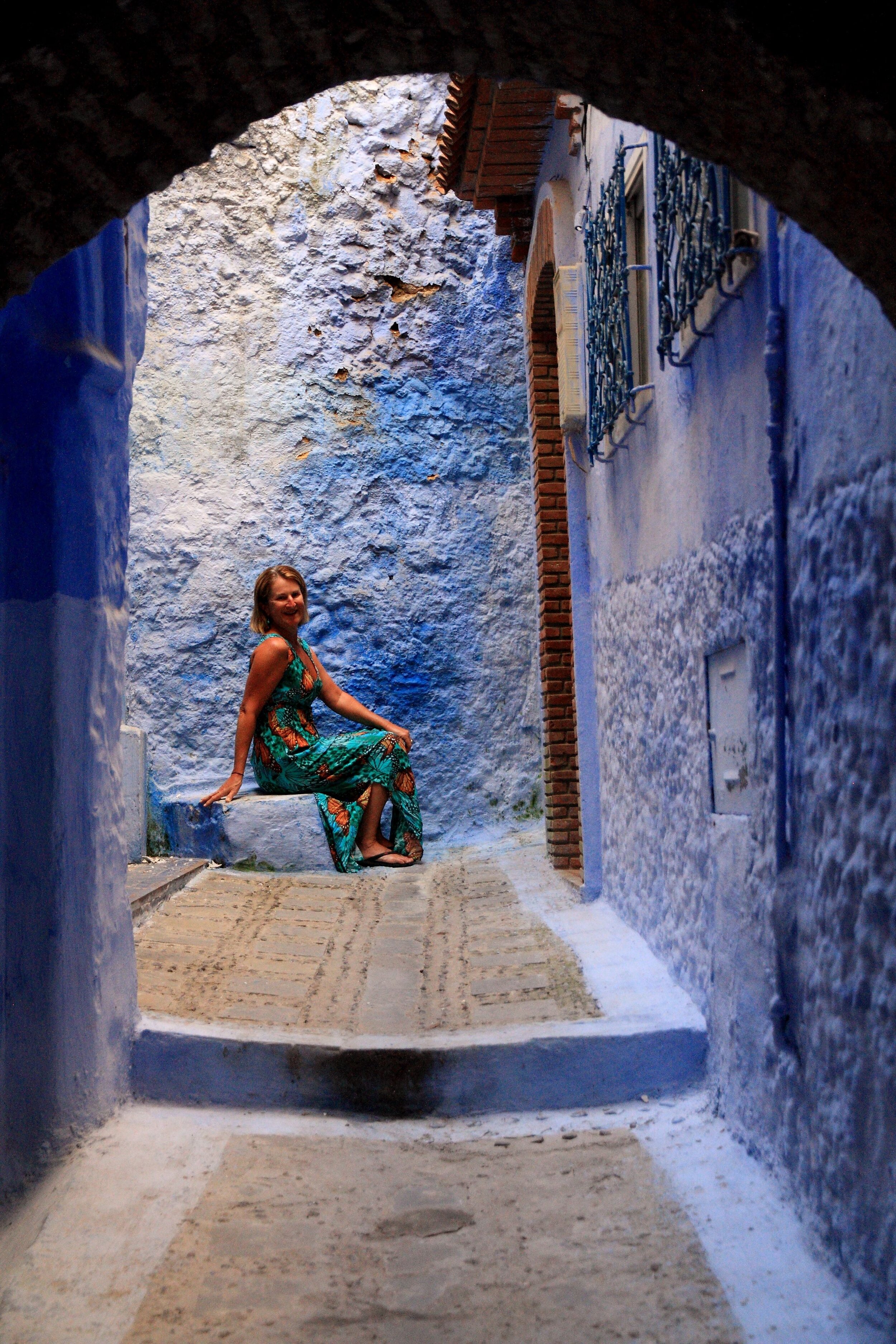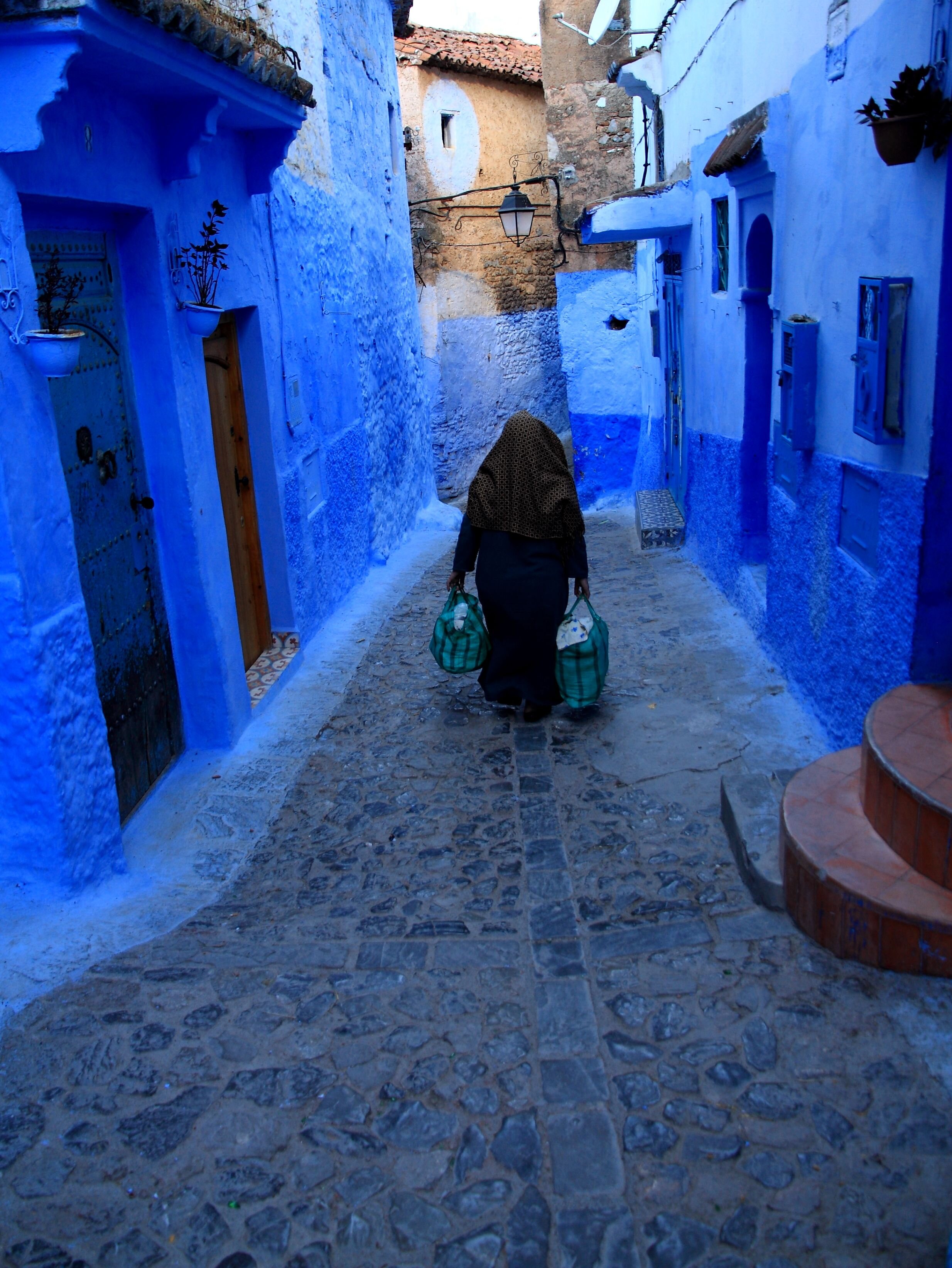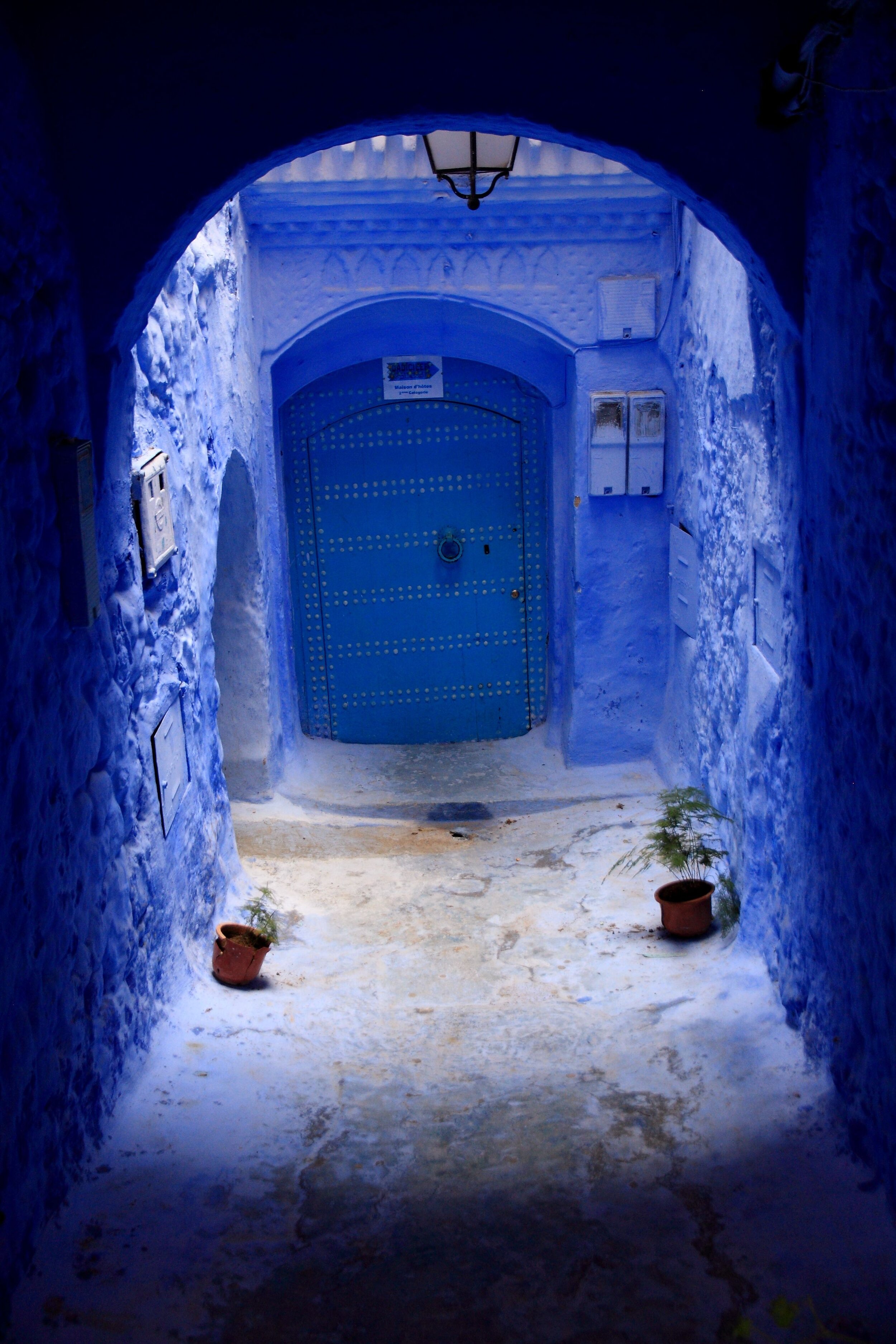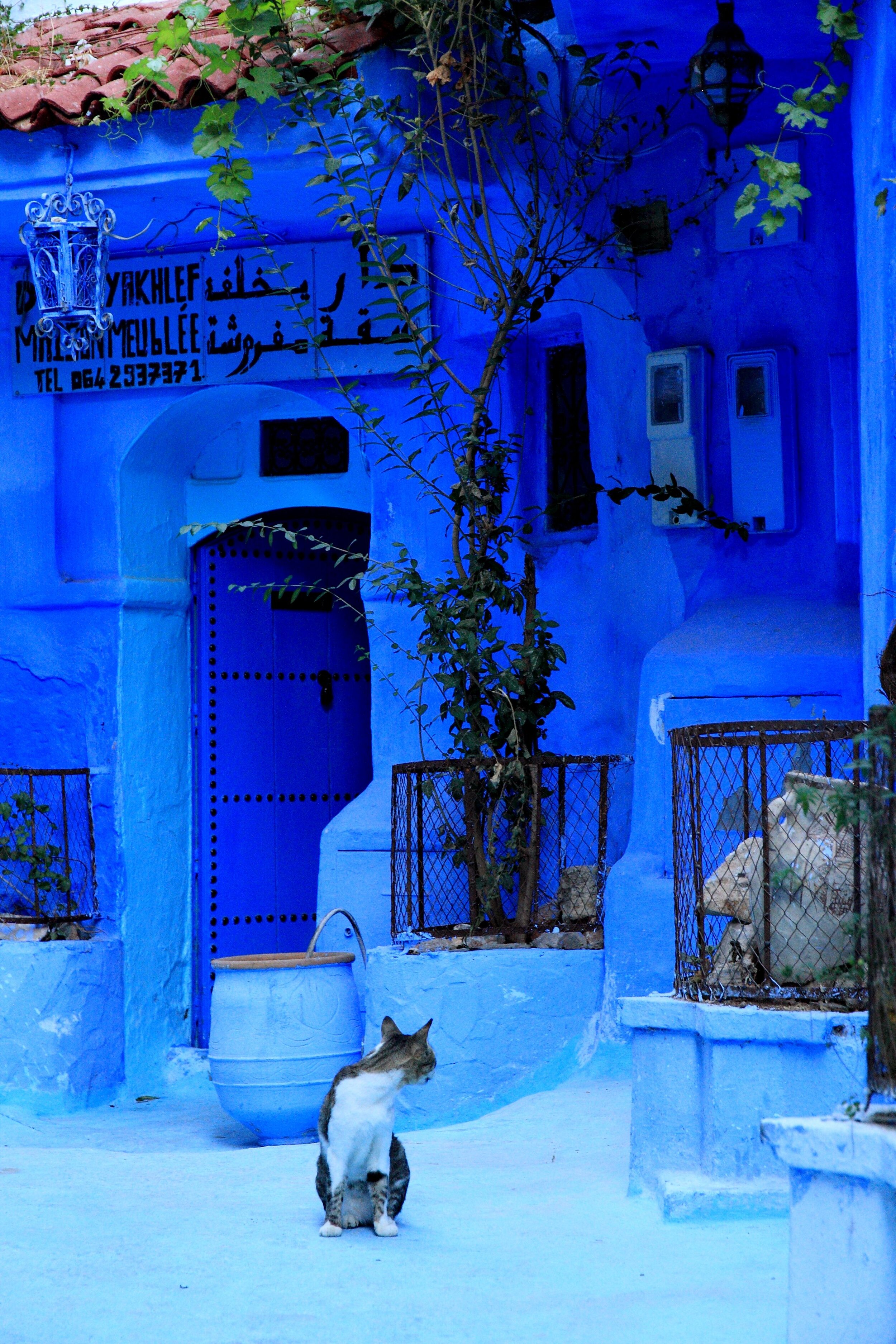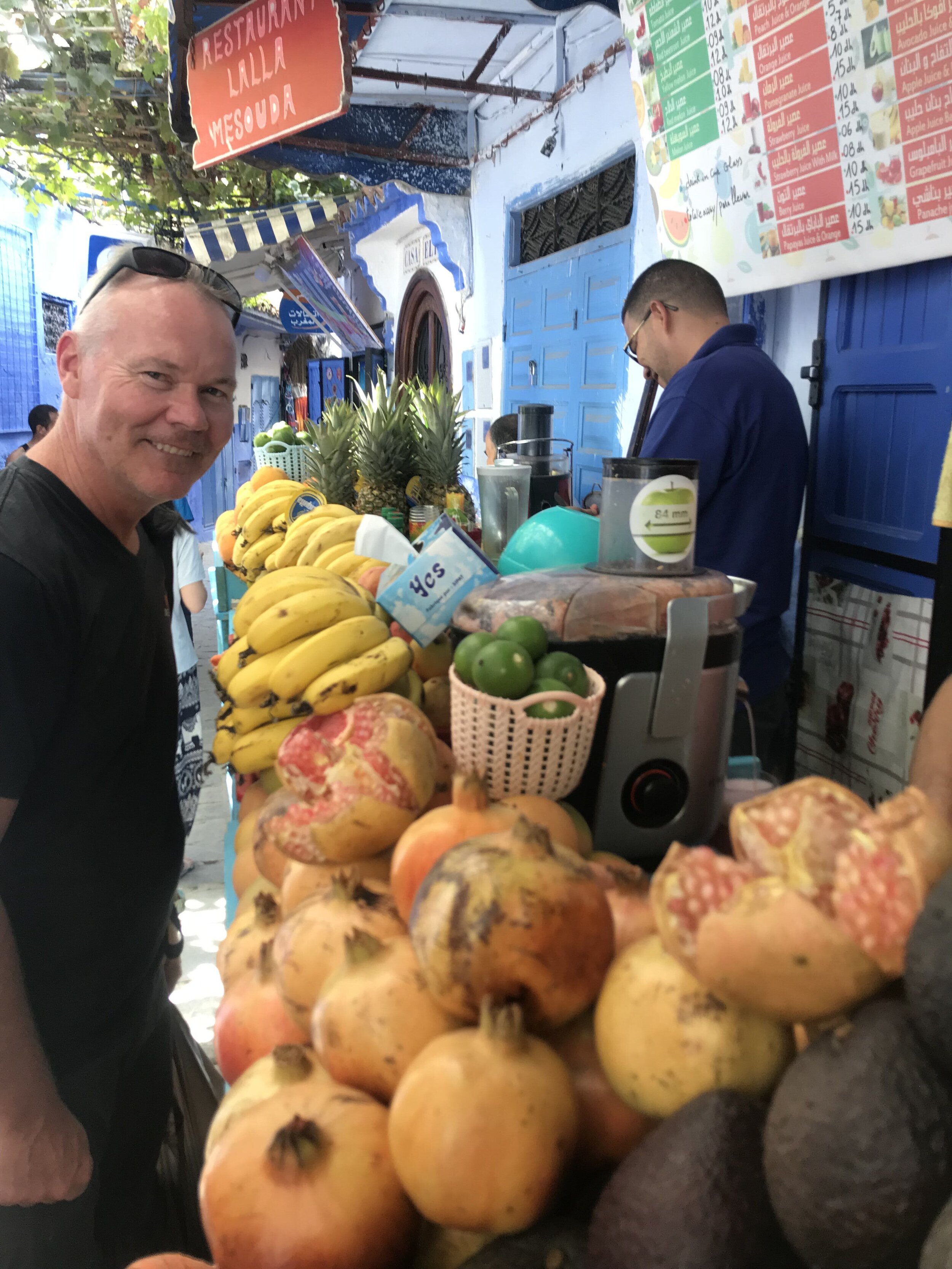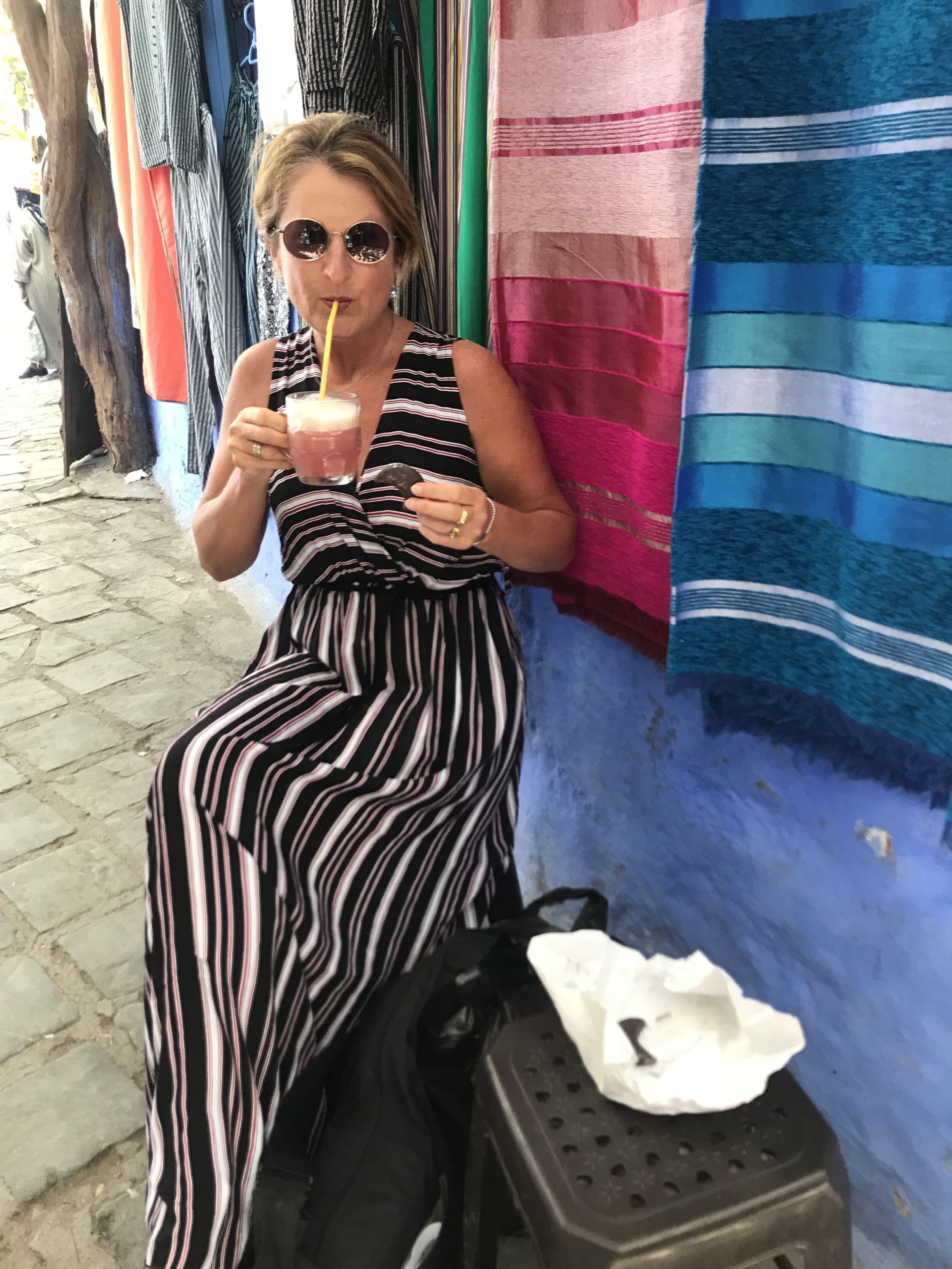Chefchaouen - Morocco's Blue City
/Introduction
In September 2018 Ken’s brother Brett and sister-in-law Linda visited the stunningly beautiful Moroccan Blue City of Chefchaouen - somewhere to definitely add to your travel “to do” list once international travel is possible in a post-coronavirus world. Here is Brett’s report on their trip to “Chef”.
Getting to Chef
As an avid photographer the captivating images I'd seen online of the “blue pearl of Morocco” had piqued my interest and with a trip planned for the general region it was quickly elevated up the list of inclusions. With several budget carriers servicing the area we decided to incorporate a brief side trip to Morocco as part of a larger itinerary encompassing Spain, southern Portugal and The Canary Islands during September 2018.
chefchaouen
We had flown into Fes from Seville and after spending a beguiling 3 days discovering and navigating the maze of the old Fes Medina, one of the oldest and largest car free zones on the planet, we felt we were well qualified to tackle the cobbled streets of a much smaller city.
traditional bread making in fes
Part of the magic of Chefchaouen is its isolated position wedged between the majestic peaks of the Rif Mountains in the northern part of the country. Various tour operators offer day trips from the bigger cities of Tangier and Fes, however these can be expensive and would only provide you with a few hours in the medina. While the nearest city, Tangier is only 110km north, the windy mountain roads make for slow going and the journey can take approx. 3 hours via bus (Fare 60 MAD / 9 AUD). Ideally if time permits allow yourself at least 2 nights to immerse yourself in this fairy tale destination. Exploring the nooks and crannies is so much more enjoyable once the day trippers have long gone and the spectacular hues on display as the sun sets behind the giant Riff peaks can only be enjoyed with an overnight stay.
A few images from Chef to whet your appetite
We opted for an early bus from Fes (210 km / approx 5 hours including stops, 80 MAD / 12 AUD). The local CTM bus network is comfortable, efficient and affordable with multiple daily departures servicing the increasingly popular spot. At the time of writing the CTM website only accepted Moroccan bank cards so our Riad (guesthouse) in Fes kindly assisted with the purchase of all of our bus tickets throughout the country. Buses can fill quickly, particularly during peak periods, and at certain departure times, so securing tickets in advance is desirable.
Images from Fez
The journey itself is quite scenic with mountain vistas and pastoral lands dominating the landscape. The last hour or so is particularly spectacular as the road meanders adjacent to the Loukkos River and up the valley towards Chefchaouen, a path it has carved out over the centuries flowing from the nearby Riff Mountains.
Where to Stay
Good quality affordable accommodation is plentiful and as its popularity continues to grow, the locals are increasingly opening their own homes for travellers. There are now more than 300 properties listed in Chefchaouen on Airbnb. If you want to treat yourself to a little more luxury, I can recommend Lina Ryad and Spa. Enjoying an elevated position in the heart of the medina most of the rooms offer spectacular views of the surrounding mountains and bustling old town. The indoor private pool (bookings only) and traditional treatments offered by the in house hammam complete the picture. Here’s a link to their website.
Our bus arrived mid-afternoon and there were plenty of local drivers, some official, others wait to meet the next flock of lambs to the slaughter. It’s a short ride to the main town where we were met by porters from our hotel who assisted with carrying our luggage up the steep stairs and pathways that led to the Ryad. Once installed the hotel manager explained most facets of the property including the fact that not only had the Queen of Morocco stayed in our very suite but that she had also apparently enjoyed some horizontal folk dancing during her visit. We thought it was odd that garcon proudly volunteered this information and certainly didn’t question him on how he had acquired these intimate details, however while in the room we ensured we kept our modesty at all times.
evening view from our room. Spanish mosque on hill on left
Exploring Chef
While the rest of Morocco remains very hot in September the mountains provide a cool respite and at 560m above sea level Chefchaouen was still warm, clear and the perfect temperature for exploring at any time of the day.
even the local library is blue
The jury is still out on why most buildings are painted blue, some say it was to keep the mosquitoes away while others say that it all began when the Spanish captured Chefchaouen in 1920, forming part of Spain’s territory in Morocco. The region then subsequently received an influx of Jews fleeing Hitler during the Second World War and the theory is that these Jews introduced the practice of painting walls blue, cementing their religious and cultural beliefs, that the colour blue represents the sky, reminding them of heaven and God. Most Jews later left the area in the late 1940s and early 1950s to live in Israel. The city was handed back to Morocco when it gained independence in 1956.
Whatever the reason the process of painting the city continues on a daily basis and the queues of Instagrammers lining the most popular steps and alleys doesn’t appear to be waning. The place still has a relaxed atmosphere and it’s not difficult to find your own special empty place where you might encounter a lone black cat sitting on a step or a local vendor selling fresh pomegranate juice. The hub of the Medina is the thriving main square of Place Outa el Hammam, also home to the rusty red walled 15th Century Kasbah.
the kasbah
The former fortress and dungeon is worth a visit, and although there’s a distinct lack of English explanations in the museum, the beautiful Andalusian gardens with their resident tortoises and the stunning views from the tower are worth the price of admission. Tip: Head to the nearby Hotel Parador for a sneaky afternoon tipple. Excellent views and one of the very few places in the city serving alcohol.
view from hotel parador where we enjoyed a sneaky afternoon tipple
The Medina itself is fairly easy to navigate and if you do get lost you won’t stray too far before getting back on track. Most local shop keepers are friendly and while haggling is still expected it won’t be on the same frenetic level as Fes or Marrakech. The rich, colourful woollen and silk fabrics adorn many a store and are fashioned into all styles of blankets, rugs and cushion covers at exceptional quality and value. Pottery, Silverware, Leatherwork and Jewellery also dominate the shopping scene. Cuisine is typically Moroccan with tagines (goat and plum highly recommended) and vegetable dishes topping the list. Chocolate and almond cookies were also a favourite.
An excellent short walk to enjoy when overnighting is the early morning hike to the Spanish mosque. It was built in the 1920’s but never used. It’s very popular at sunset but you’ll have the place to yourself in the early morning.
sunrise from the mosque
The walk starts from a pathway at the top of the city and passes via Ras el Mas Waterfall (one the entrances of Chefchaouen) and then traverses up the mountain to the mosque. It’s easy going and will take less than 30 minutes one way. The views of the entire city dwarfed by the spectacular backdrop of the Riff are breathtaking. You may experience a hint of something in the air during the hike. The region is home to massive hashish (kif) farms and with Morocco being the world’s largest exporter of cannabis resin it’s no surprise the region also attracts travellers not only keen to see and photograph the blue city. Oddly the drug has been and still remains illegal since the country’s independence in 1956.
Conclusion
Chefchaouen truly is a magical place that should be on any traveller’s Moroccan itinerary. With its spectacular backdrop and Disney like scenery there really is no other place like it on earth. Try to get there before the influencers clog the streets.
Brett Hardaker





